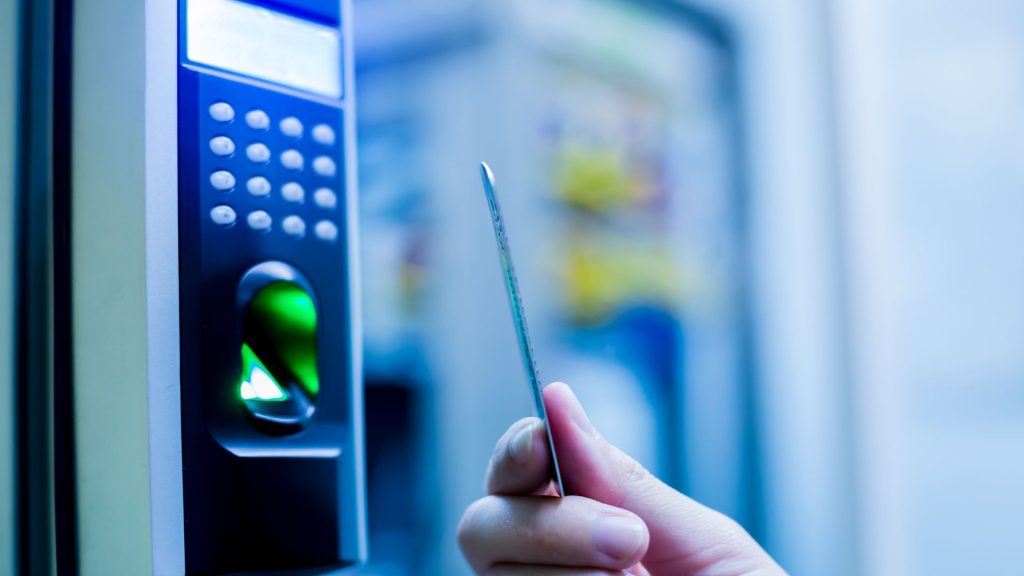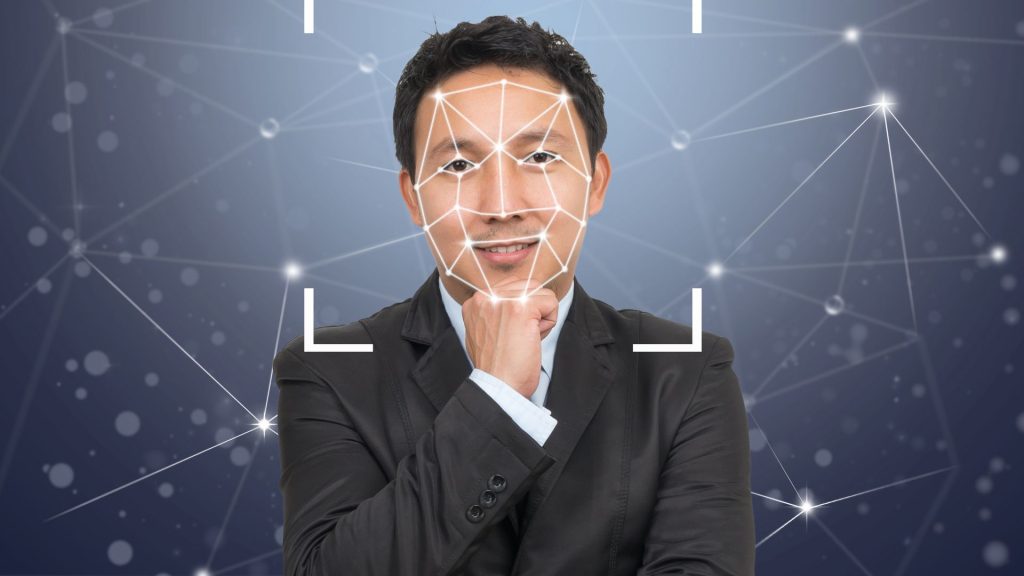The pros and cons of biometric verification are multifaceted and ever-evolving in our digital age. On the positive side, biometric verification offers an unparalleled level of security.
By relying on unique physiological or behavioral attributes, such as fingerprints, facial features, or voice patterns, it minimizes the risks associated with forgotten passwords or compromised login credentials. This method can streamline authentication processes, often making them faster and more user-friendly.
Moreover, biometrics, in most cases, can’t be easily replicated or stolen, unlike traditional passwords. On the downside, however, biometrics are not entirely infallible. False positives or negatives can occur, sometimes denying access to legitimate users or granting it to unauthorized ones.
Additionally, there are concerns about privacy and the potential misuse of biometric data. If a biometric database is compromised, individuals cannot change their biometric data in the same way they can change a password.
Furthermore, the storage of such sensitive data raises ethical considerations about consent, data protection, and potential surveillance.

The Pros and Cons of Biometric Verification
Below are some of the major pros and cons of using biometric technology for verification purposes:
Pros
Biometric authentication and its uses in modern-day tech and digital applications have several advantages:
- High security and assurance – Biometric identification provides the answers to “something a person has and is” and helps verify identity
- User Experience – Using biometric technology is convenient and fast for both the institution and its potential customers
- Non-transferable – Everyone has access to a unique set of biometrics
- Spoof-proof – Customer traits and biometrics are hard to fake or steal
High Security and Assurance
Biometrics provides increased level of assurance to providers that a customer is a genuine and real by verifying a tangible, real-world trait as both something the user has and something the user is.
Most user’s passwords, PINs and personal information have likely been compromised with a data breach incident, where billions of customer accounts may be accessed by digital fraudsters who retain the answers to traditional authentication processes and methods.
Introducing biometric authentication into the process adds a roadblock for digital fraudsters that only a real, and authorized customer may circumnavigate. Although the digital fraudster may know the customer security question such as the dog’s name and some lucky numbers for most of their online accounts, however they cannot use the customer’s fingerprint to unlock the account access.
Further, biometric security may only be provided by living, breathing people at this point, a robot may have a hard time passing an iris scan.
Fast and Convenient User Experience
While the internal process for biometric authentication is methodological, from a customer’s point of view it is incredibly easy and fast. Placing a finger on a scanner machine or scan point and unlocking access to an account within seconds is faster than remembering and typing a long character password. Further, password may be forgotten and it is a common for most customers. However, the chances of you forgetting your biometric is lower.
Non Transferable
Biometric authentication requires its input to be present upon authorization. One cannot transfer or provide or share a physical biometric digitally to any other person, and the only way to utilize most biometric authentication systems is with a physical application.
Near Spoof-Proof
Biometrics such as face patterns, fingerprints, iris scanning, DNA and others are near-impossible to replicate with current technology. There is very low chance that a customer’s fingerprint will match up exactly with another customer.

Cons
Despite increased security, convenience, and efficiency, the biometric authentication process and its uses in modern tech world have some disadvantages such as:
- Costs – Significant investment is needed to implement biometric technology for security
- Data breaches – Biometric databases may still be hacked causing loss of critical data
- Tracking and data – Biometric devices such as facial recognition systems may limit privacy for users
- Bias – Machine learning algorithms may be very advanced to minimize biometric demographic bias
- False positives and inaccuracies – False positives and false accepts may still occur preventing select users from accessing systems
Costs
It is no surprise that a more advanced security system would require significant investments and costs to implement. In the year 2018, a survey performed showed that, 67 percent of tech professionals cite cost as” the biggest reason for not adopting biometric authentication.”
Transitioning to a biometrics authentication wouldn’t be the only thing a company would have to pay for, with 47% of the surveyed stating a need to upgrade current systems to support a shift to biometric authentication on their devices.
Data Breaches
Institutions and governments that collect and store data are under constant threat from hackers. Because biometric data is irreplaceable, institutions and businesses need to treat sensitive biometric data with increased security to stay ahead of digital or cyber fraud. If a password is compromised, there is a possibility of changing it. The same cannot be said for a customer’s physiological or behavioral biometrics.
Tracking and Data
As the world increases its use of biometric authentication systems like facial recognition technology and other biometric security, the privacy of customers needs to be taken into consideration. When biometrics are converted into data and stored, in places or countries that have large surveillance measures, a customer faces the risk of leaving a permanent digital identity that may be potentially tracked and misused by criminals.
The institutions and governments used facial recognition software to track and identify people with scary accuracy that significantly inhibits privacy. As surveillance increases, the biometric data may become a permanent digital print that may be used to track customer or user, both with and without his or her knowledge.

Final Thoughts
Biometric technology, as a method for verification, presents a mixed bag of benefits and concerns. On one hand, it offers heightened security through unique, hard-to-replicate user traits, ensuring a more convenient and efficient authentication process. Such a system significantly reduces the avenues for traditional digital fraud, especially when compared to more conventional methods like passwords or PINs.
However, the flip side reveals substantial investment costs, potential data breach risks, and severe implications for individual privacy. Additionally, biases in machine learning algorithms and instances of false positives, though minimal, still pose challenges. As we further integrate biometrics into our digital landscapes, it becomes crucial to strike a balance between harnessing its potential and ensuring the ethical and secure management of such sensitive data.









